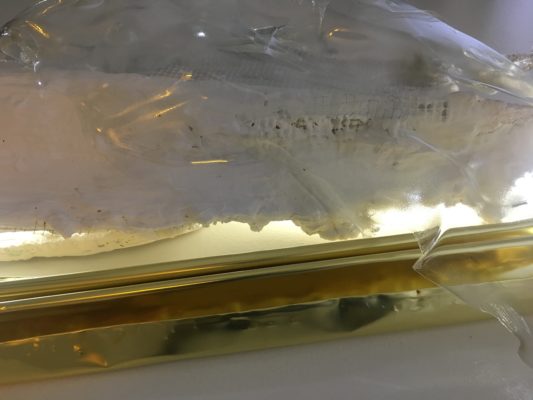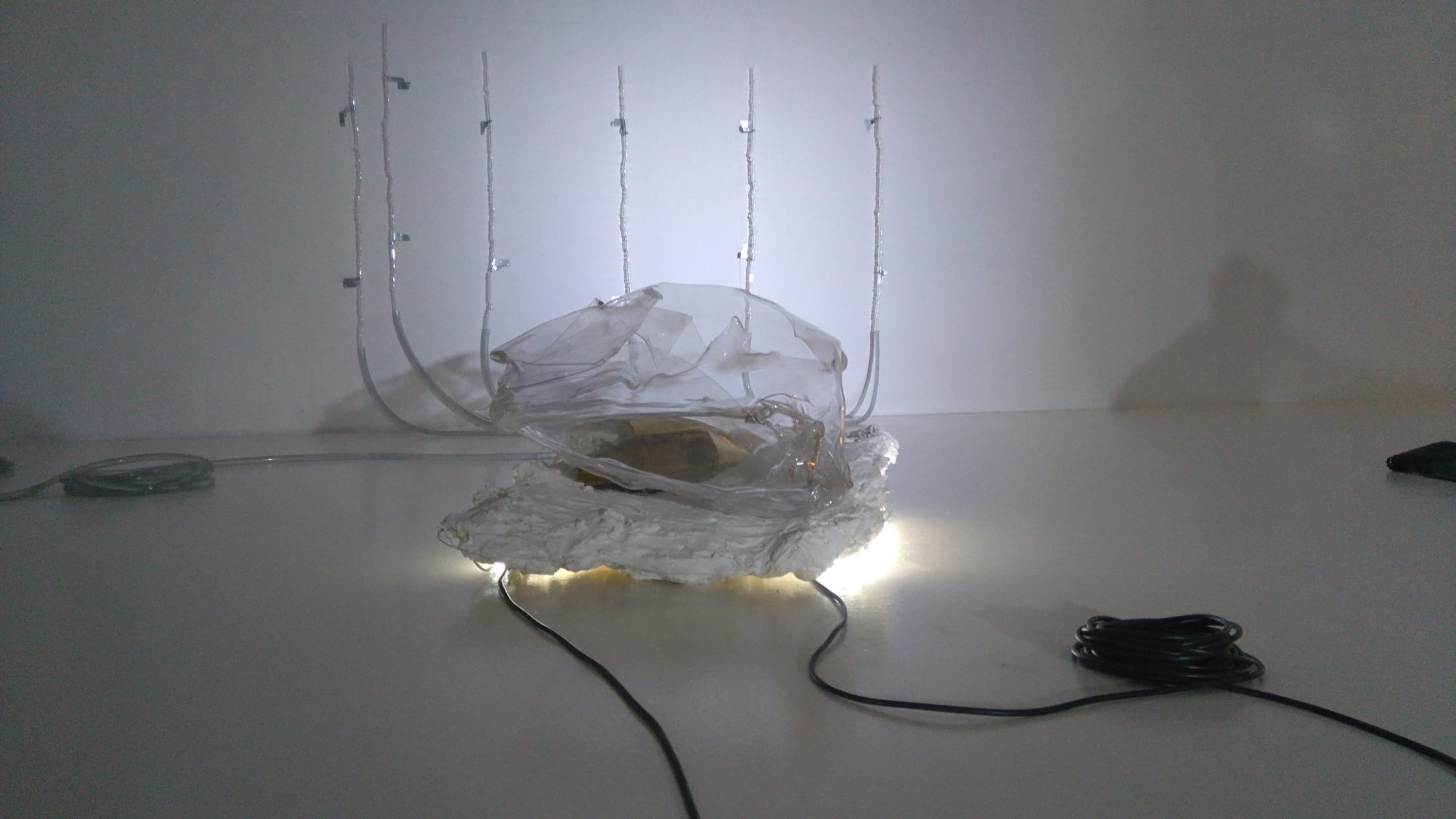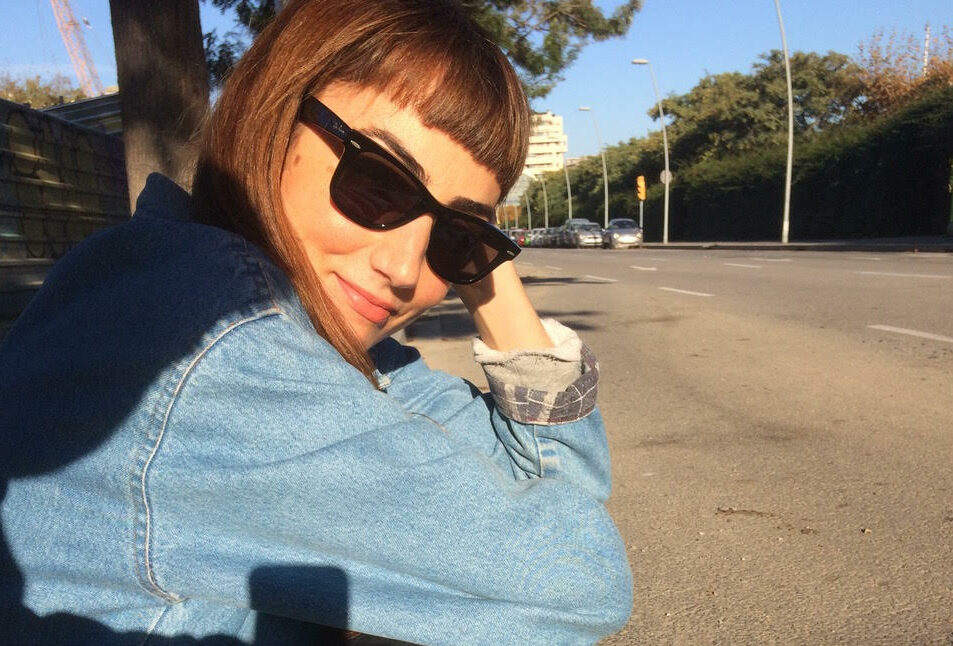Search
To search for an exact match, type the word or phrase you want in quotation marks.
A*DESK has been offering since 2002 contents about criticism and contemporary art. A*DESK has become consolidated thanks to all those who have believed in the project, all those who have followed us, debating, participating and collaborating. Many people have collaborated with A*DESK, and continue to do so. Their efforts, knowledge and belief in the project are what make it grow internationally. At A*DESK we have also generated work for over one hundred professionals in culture, from small collaborations with reviews and classes, to more prolonged and intense collaborations.
At A*DESK we believe in the need for free and universal access to culture and knowledge. We want to carry on being independent, remaining open to more ideas and opinions. If you believe in A*DESK, we need your backing to be able to continue. You can now participate in the project by supporting it. You can choose how much you want to contribute to the project.
You can decide how much you want to bring to the project.

In the book Sculpting in Time, Andrei Tarkovsky describes how annoyed he felt whenever he heard the hypotheses and suspicions concerning the meaning of ‘the Zone’ in his film Stalker. ‘The Zone does not symbolize anything, any more than anything else does in my films: the zone is a zone; it’s life.’ And Tarkovsky concludes, ‘I make some sort of a complete statement: namely that human love alone is – miraculously – proof against the blunt assertion that there is no hope for the world. This is our common and inconvertibly positive possession. Although we no longer quite know how to love …’. Bearing in mind the self-analytical discernment of the director’s writings, we would almost be forced to accept this. But I refuse to do so, because the explanation falls into a strong anthropocentrism that doesn’t appear in the film. The Zone, even without human presence, is full of life, a life where the natural can’t be told apart from the artificial. Or where the artificial has pervaded what we call the natural. They collaborate. ‘The zone is a zone; it’s life’. Let’s leave it at that.
Non-Slave Tenderness is a zone too. It’s life. It’s a material organism. An animistic entity that is continually integrating, transforming and feeding on a multiplicity of human and non-human discharges and assemblages. Unlike the previous zone, violence against its visitors – who here could also perhaps be simply stalkers – isn’t its main feature. Its main feature is tenderness, as its name tells us, amor fati (love of fate) that isn’t human, and even less divine, but totally material. A love aimed at multi-directional relationality and trans-species. A love that, as Karen Barad would say, ‘feels’ and can be contracted as soon as we cross its threshold. A threshold of love as an imperceptible becoming that reveals the moment of disappearance and the evanescence of isolated subjects. The affections derive from fusion with the environment, with matter, with the immanence of the zone.
Non-Slave Tenderness is a compound of objects, technological artefacts, transfer of data and sounds with a capacity for affecting and for being affected. Technological regulation, mechanisation, forcing, programming, laser cuts, fluid diagrams, systems, calculations of flow, voltage and amperage. An affective community that becomes political thanks to collective links for mobilising resources.
We don’t have to have something against our skin to feel it. Feeling something feeling something is still feeling something. But sometimes an inanimate object can amplify to us the most familiar object of all — another body.
Karen Sherman
In Non-Slave Tenderness, bodies nurture and are nurtured, and this nurturing is materialised in acts as commonplace as that of charging a battery each evening, for instance, acts which, if not performed, would endanger the structure of the zone. Hence, Non-Slave Tenderness invites a solidarity (understood as obligations and responsibilities) of people and things, to quote Jane Bennett. Because damaging a part of the tentacular network of a zone secured with vibrant material could damage the other parts. Visitors should not enter this zone with the fear showed by the stalkers in Tarkovsky’s film or those in the novel by the Strugatsky brothers. Not so much because Non-Slave Tenderness doesn’t include materials that incite the desire to belong, but because our approach to the work cannot be extractivist. Perhaps those stalkers were too imbued with the spirit of Perseus and never tried to understand Medusa. Non-Slave Tenderness is a set of sculptures that whisper in an environment that has left behind relations of extraction and submission. It is a powerful inspiring force based on desires, affections, feelings and a connective love for a shared world.

Non-Slave Tenderness by Lucía C. Pino belongs to the series entitled The Possibility of an Island curated by Alexandra Laudo, which can be visited at Espai 13 in the Fundació Joan Miró until 11 March 2018.

Carolina Jiménez is a curator and researcher.
"A desk is a dangerous place from which to watch the world" (John Le Carré)